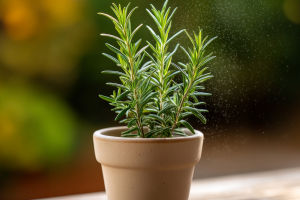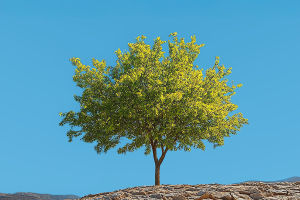Hello Lykkers! Some of nature’s most delightful surprises begin underground — quietly resting, storing energy, and waiting for just the right moment to burst into bloom. Welcome to the curious and wonderful world of bulbs.
These hidden powerhouses include true bulbs like tulips and daffodils, as well as corms, tubers, and rhizomes — each with its own way of growing and thriving.
In this guide, you’ll explore what makes these underground storage organs so special and how to care for them to unlock season after season of vibrant growth. Whether you’re new to gardening or already nurturing a yard full of colors, understanding bulbs will open up a whole new layer of beauty and possibility.
Part 1: Meet the Underground Heroes
To get started, let’s dig into what’s really going on below the surface. You’re about to meet some incredible storage specialists that pack all they need for future growth into compact little packages.
True Bulbs: Nature’s Time Capsules
When you plant a tulip or a lily, you're working with a true bulb. These have a central shoot surrounded by fleshy layers, a bit like an onion. Each layer stores nutrients the plant will use to grow when the time is right. As you plant, keep the pointed end up — that’s where the shoot emerges.
You’ll want to place them in well-drained soil and give them a chill period if you're planting out of season. Once they’re in the ground, they quietly prepare beneath the soil, ready to burst out with color once the weather shifts.
Corms, Tubers, and Rhizomes: Different Shapes, Same Mission
Corms (like crocuses or gladiolus) are solid inside and renew themselves each year. Tubers (like dahlias) are swollen root structures that store energy, often with multiple “eyes” where new growth begins. Rhizomes (like irises or canna lilies) grow horizontally underground and send up shoots along their length.
When planting, spacing is key. You want to give each one enough room to spread or multiply without crowding. You’ll find it satisfying to watch how just one rhizome or tuber can become a whole new cluster of life.
Why They're So Reliable
These storage organs are like energy-saving batteries. Even if you forget about them for a while, they often come back year after year — making them great for low-maintenance gardening. Whether you’re planting them in borders, pots, or wildflower patches, they reward you with reliability and bursts of color.
Part 2: Growing and Enjoying Your Bulbs
Now that you know what these structures do, let’s talk about how to work with them in your own garden. There’s a lot of joy to be found in planting bulbs and watching them surprise you as the seasons change.
Choosing and Planting at the Right Time
First, think about when you want blooms. Spring-flowering bulbs like hyacinths and daffodils should go in during autumn, while summer bloomers like lilies or gladiolus prefer a spring planting. Choose bulbs that feel firm and healthy, and avoid any with mold or mushy spots.
When planting, dig a hole two to three times as deep as the bulb is tall. You can nestle them in groups for a natural look, and don’t forget to label them — it’s easy to forget what you planted once the soil is covered again.
Bulb Care Tips for Big Returns
After your bulbs bloom, you might be tempted to cut everything back right away — but hold off! Let the leaves stay until they yellow and wilt. That’s when the plant is storing energy for the next season. You can snip off spent blooms to keep things tidy, but leave the greenery to do its job.
If you’re in a colder climate, you may want to dig up tender tubers and store them indoors during winter. Keep them dry, cool, and in a box of sand or paper to prevent rot. When spring rolls around, you’ll be ready to replant and enjoy the show all over again.
Designing with Bulbs
Get creative! Use bulbs to add early color to a perennial bed, mix them into containers, or plant them in a pattern for a surprise reveal. Layering different types in one spot — a technique called “lasagna planting” — can give you waves of blooms that last longer.
Lykkers, bulbs are proof that great things often start in quiet places. With just a little planning and some underground magic, you can bring seasons of beauty to your garden. Whether you’re planting tulips for spring joy, dahlias for summer drama, or irises for texture and color, you’ll find that bulbs are some of the most rewarding plants to grow.
So next time you see a patch of soil, picture what might be hiding beneath — a garden waiting to happen.


